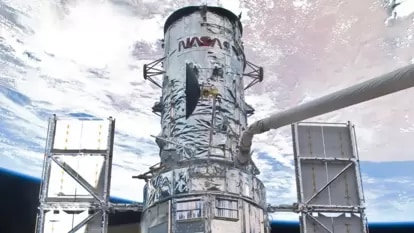A GIGANTIC 600-feet wide hazardous asteroid approaching Earth tomorrow, says NASA
According to NASA, a 600-feet wide “potentially hazardous” asteroid will make its closest approach to the Earth tomorrow, on July 30. Will it strike our planet? Find out.
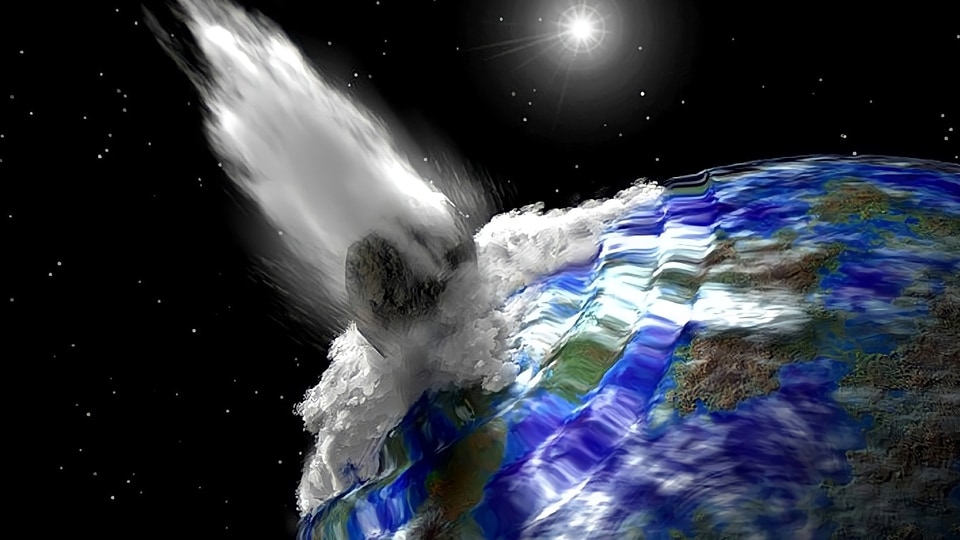
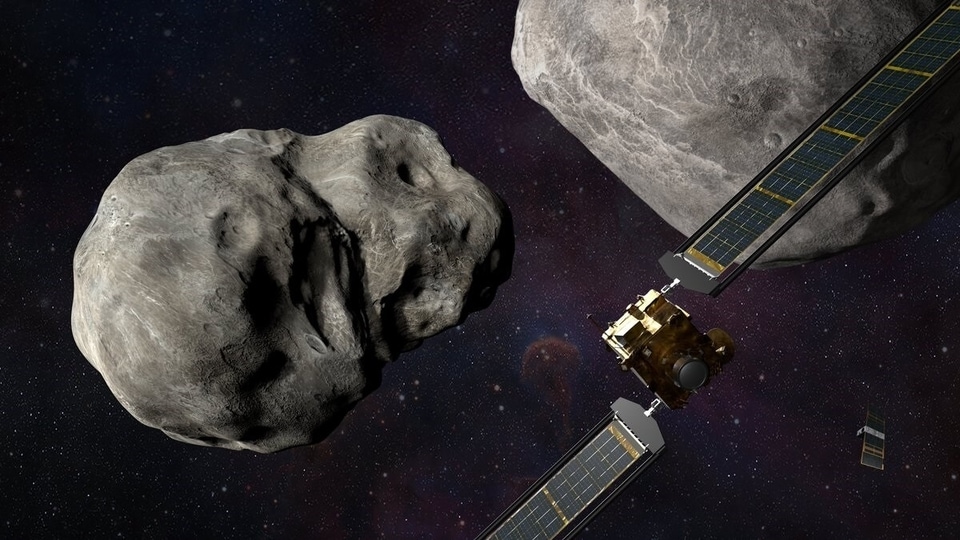
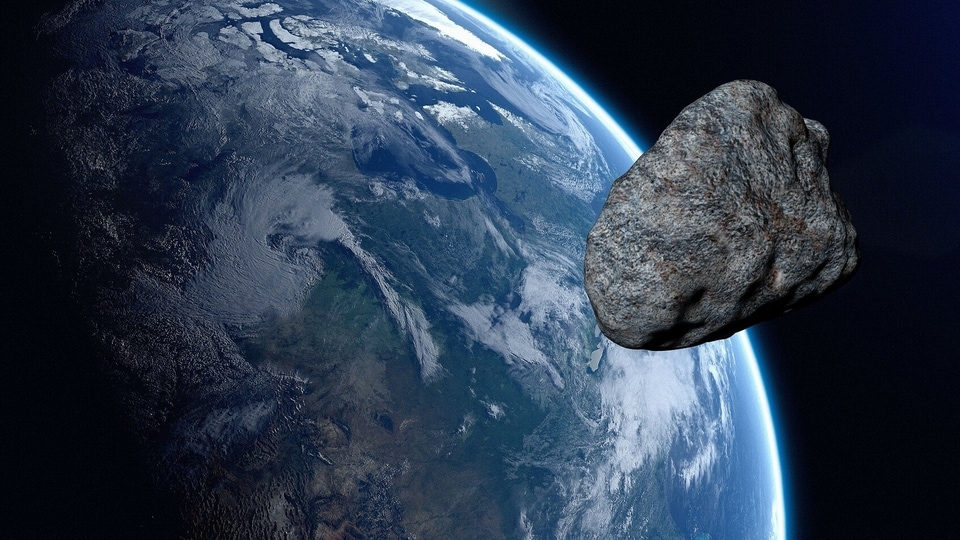

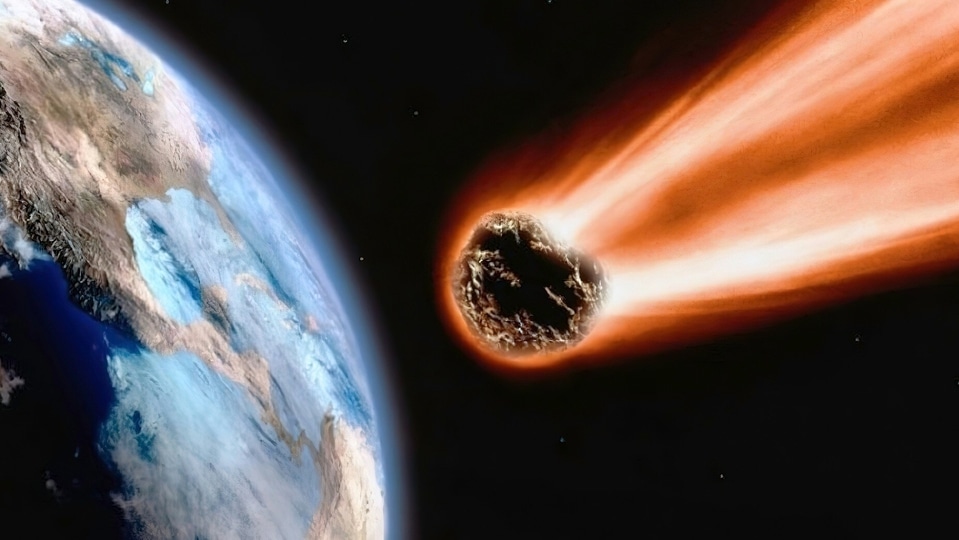
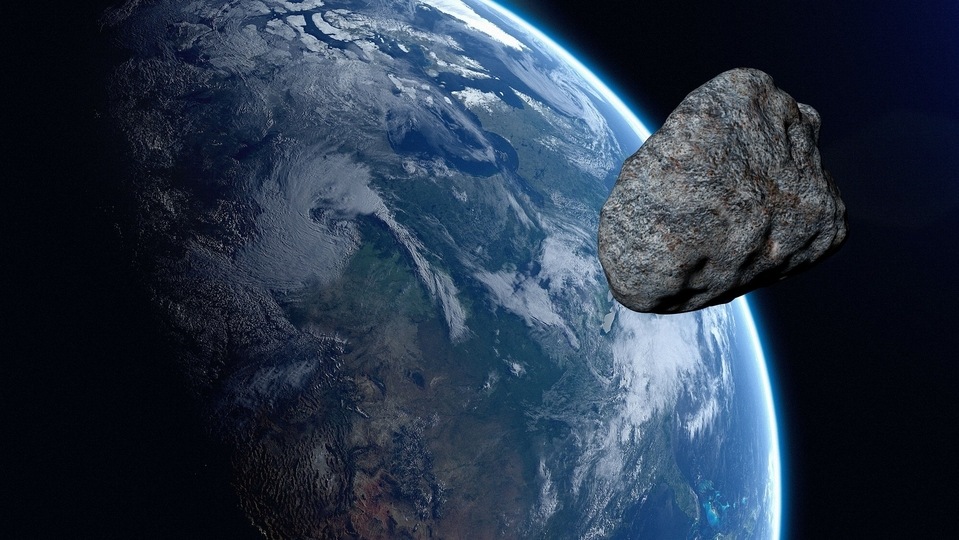
 View all Images
View all ImagesEarlier today, the Earth made a narrow escape from a 400-feet wide asteroid named 2016 CZ31. And before anyone could sigh with relief, NASA has revealed that an even bigger asteroid has set its sight on our planet. A gigantic 600-feet wide asteroid will make its closest approach towards our home planet tomorrow, July 30. Its large size and close proximity has resulted in it being classified as a potentially hazardous asteroid by the space agency. Know whether it can strike the Earth and whether we should be worried about it.
The information comes from the Jet Propulsion Laboratory, a division of NASA dedicated towards monitoring near-Earth objects. According to its website, the 183-meters wide asteroid has been named 2013 CU83 and it is predicted that it will fly past the Earth at a distance of 6.9 million kilometers. Now, while this distance is generally considered safe, it is not as large as you would assume. In astronomical terms, it is a small distance to cover for the asteroid. And realizing that, scientists are monitoring it to ensure if a last moment deviation occurs, we have enough time to take appropriate measures.
NASA: An potentially hazardous asteroid will approach the Earth tomorrow
An asteroid over the size of 100 meters can cause massive destruction to the Earth, if it strikes us. The 2013 Chelyabinsk meteor which exploded in the sky and the shockwave damaged multiple cities and injured people was just 18 meters wide. In comparison, this asteroid could potentially impact the Earth, destroy everything in a hundred kilometer radius and send shockwaves across the planet. It could also cause tectonic plates to vibrate, resulting in dangerous earthquakes and tsunamis. But thankfully, NASA predictions tell us that there is no real risk of this asteroid striking us.
But to protect the Earth from any such future threats, NASA is conducting a DART mission, which will give it the capabilities of sending rockets to push an incoming asteroid slightly and change its trajectory to protect the planet.
Catch all the Latest Tech News, Mobile News, Laptop News, Gaming news, Wearables News , How To News, also keep up with us on Whatsapp channel,Twitter, Facebook, Google News, and Instagram. For our latest videos, subscribe to our YouTube channel.




